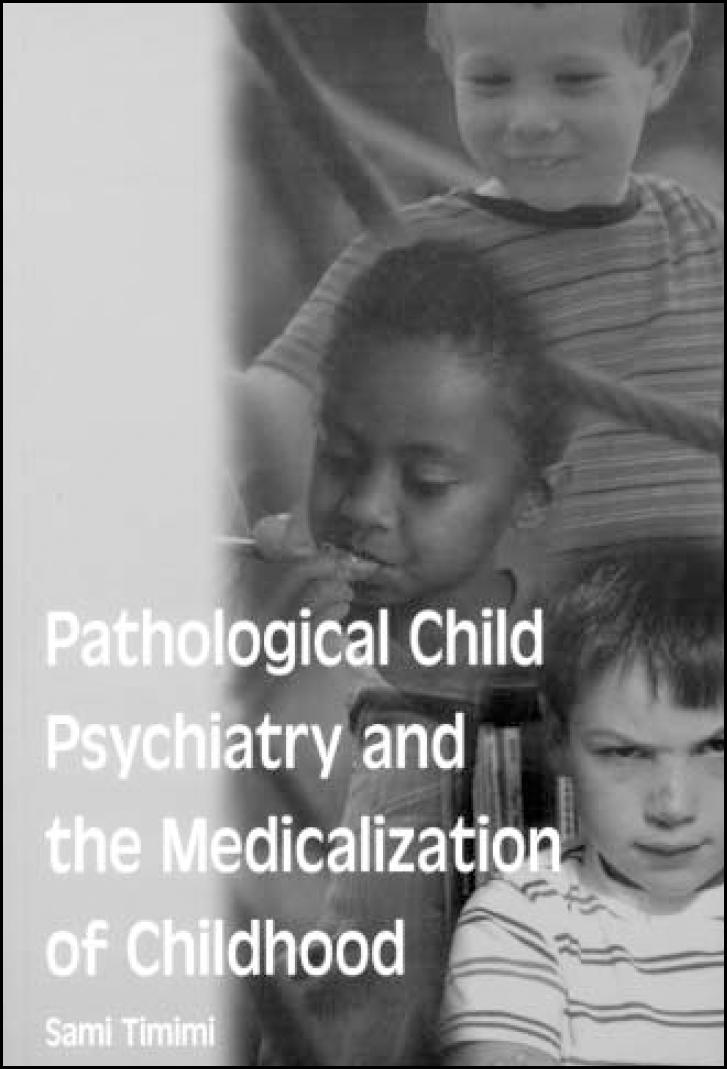
This book is a challenging read. Timimi writes with a forceful style that at times can feel didactic; his sentences are long, and his punctuation sparse. I found myself needing a clear head and firm concentration to understand his concepts.
My experience of child psychiatry has been shaped by the multi-disciplinary teams I have learned from. They have encouraged the practice of a wide range of therapies and have actively tried to understand the cultures of our ethnically diverse communities. I had hoped that this book would help me build on this learning. Unfortunately, Timimi's personal experience seems to be one of intense medical supremacy, with little reference to close team-working, responsibility and decision-making. I would have welcomed more reference to the other health care professionals working in child psychiatry, and perhaps more advice and exploration of the parts they can play both in delivering therapy and in providing an understanding of the different cultures and ethnicities in our society. I would also have welcomed more exploration of the treatment and management of girls from all ethnic backgrounds. Timimi does raise valuable points about the way in which Arabic cultures can be negatively perceived; the book would have been enhanced by a similar exploration of African-Caribbean culture and by more direct reference to the challenges of Irish and Scottish communities.
At times I was confused as to how Timimi was able to reconcile his views of psychiatry with his role as a consultant. For example, he expresses his concerns about the way in which the American concept of attention-deficit hyperactivity disorder is encroaching UK practice, yet describes his use of this diagnostic label accompanied by an offer to prescribe methylphenidate. Deeper exploration of how he reconciles these views would have balanced the intensely personal way he describes his reactions to the practices of the consultants he has trained with.
Although I would have wished for a book that provided a more representative view, with a clearer account of the strengths as well as the weaknesses of child psychiatry, Timimi has highlighted the need for more discourse around the important themes of race, class and diagnostic labelling.



eLetters
No eLetters have been published for this article.